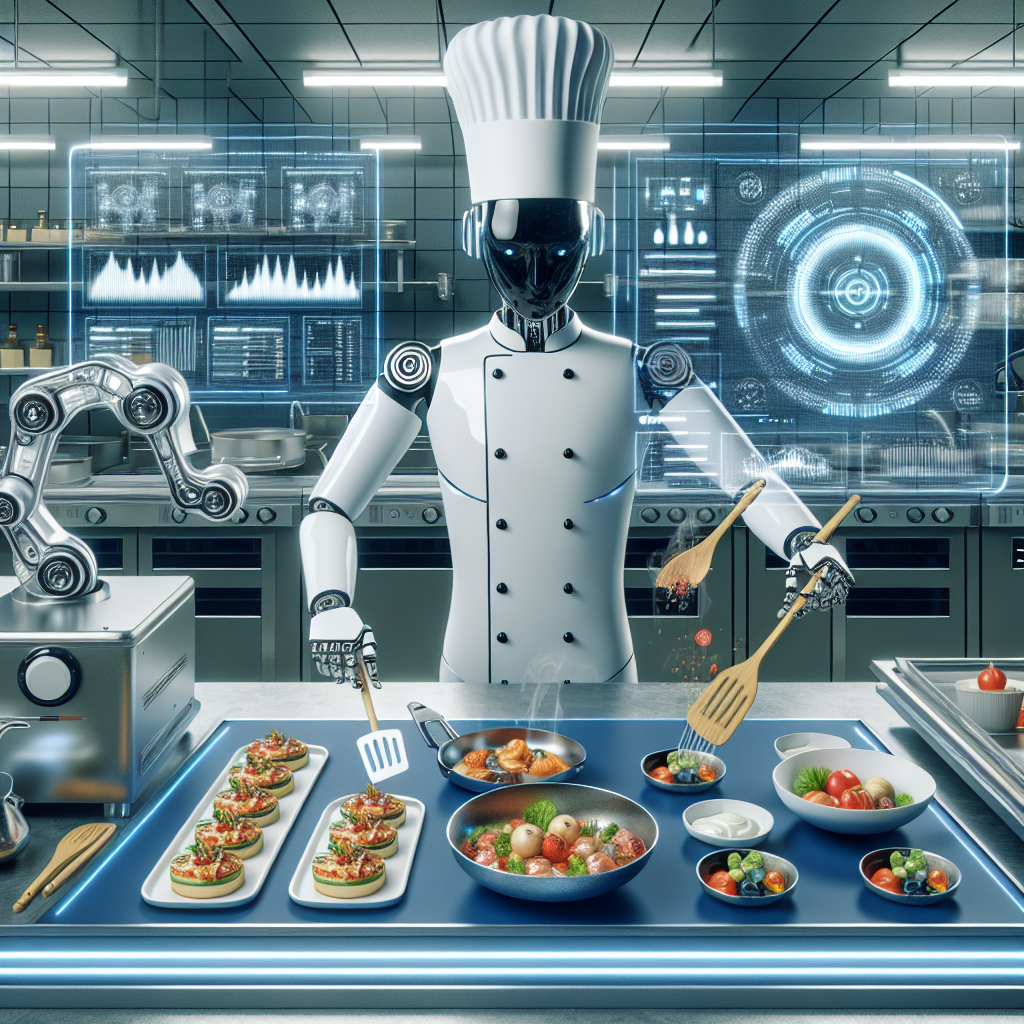In recent years, artificial intelligence (AI) has revolutionized various industries, including the food industry. AI technology is being used to enhance food quality and safety in restaurants, ensuring that customers receive the best possible dining experience. From monitoring food safety standards to predicting customer preferences, AI is changing the way restaurants operate and provide their services. In this article, we will explore the various ways in which AI is being used to improve food quality and safety in restaurants.
One of the key ways in which AI is enhancing food quality and safety in restaurants is through the use of predictive analytics. Predictive analytics involves analyzing historical data to predict future trends and outcomes. In the food industry, predictive analytics can be used to anticipate customer demand, forecast sales, and optimize inventory levels. By using AI-powered predictive analytics tools, restaurants can better plan their menus, reduce food waste, and ensure that they have the right ingredients on hand to meet customer demand.
Another way in which AI is improving food quality and safety in restaurants is through the use of food safety monitoring systems. These systems use AI algorithms to monitor food storage temperatures, detect food spoilage, and identify potential food safety hazards. By continuously monitoring food safety standards, restaurants can prevent foodborne illnesses, reduce the risk of contamination, and ensure that their food is safe to eat. In addition, AI-powered food safety monitoring systems can help restaurants comply with food safety regulations and avoid costly fines and penalties.
AI is also being used to enhance food quality in restaurants by analyzing customer feedback and preferences. By using natural language processing algorithms, restaurants can analyze customer reviews, comments, and social media posts to understand customer preferences and identify areas for improvement. This information can help restaurants tailor their menus, improve food quality, and enhance the overall dining experience. By using AI to analyze customer feedback, restaurants can better meet the needs and expectations of their customers, leading to increased customer satisfaction and loyalty.
In addition to enhancing food quality and safety, AI is also being used to improve operational efficiency in restaurants. AI-powered systems can automate routine tasks, such as order processing, inventory management, and scheduling, allowing restaurant staff to focus on more important tasks. By streamlining operations and reducing manual work, AI technology can help restaurants save time and reduce costs. In addition, AI can help restaurants optimize their pricing strategies, improve marketing campaigns, and increase profitability.
Overall, AI technology is playing a crucial role in enhancing food quality and safety in restaurants. By using predictive analytics, food safety monitoring systems, and customer feedback analysis, restaurants can improve their operations, reduce food waste, and provide a better dining experience for their customers. As AI technology continues to advance, we can expect to see even more innovative solutions that will further improve food quality and safety in restaurants.
FAQs:
Q: How can AI technology improve food safety in restaurants?
A: AI technology can improve food safety in restaurants by monitoring food storage temperatures, detecting food spoilage, and identifying potential food safety hazards. By continuously monitoring food safety standards, restaurants can prevent foodborne illnesses, reduce the risk of contamination, and ensure that their food is safe to eat.
Q: How can AI technology help restaurants optimize their menus?
A: AI technology can help restaurants optimize their menus by analyzing customer feedback and preferences. By using natural language processing algorithms to analyze customer reviews, comments, and social media posts, restaurants can better understand customer preferences and tailor their menus to meet customer demand.
Q: How can AI technology improve operational efficiency in restaurants?
A: AI technology can improve operational efficiency in restaurants by automating routine tasks, such as order processing, inventory management, and scheduling. By streamlining operations and reducing manual work, AI technology can help restaurants save time and reduce costs.
Q: What are some examples of AI-powered systems that can help restaurants enhance food quality and safety?
A: Some examples of AI-powered systems that can help restaurants enhance food quality and safety include predictive analytics tools, food safety monitoring systems, and customer feedback analysis algorithms. These systems can help restaurants improve their operations, reduce food waste, and provide a better dining experience for their customers.

